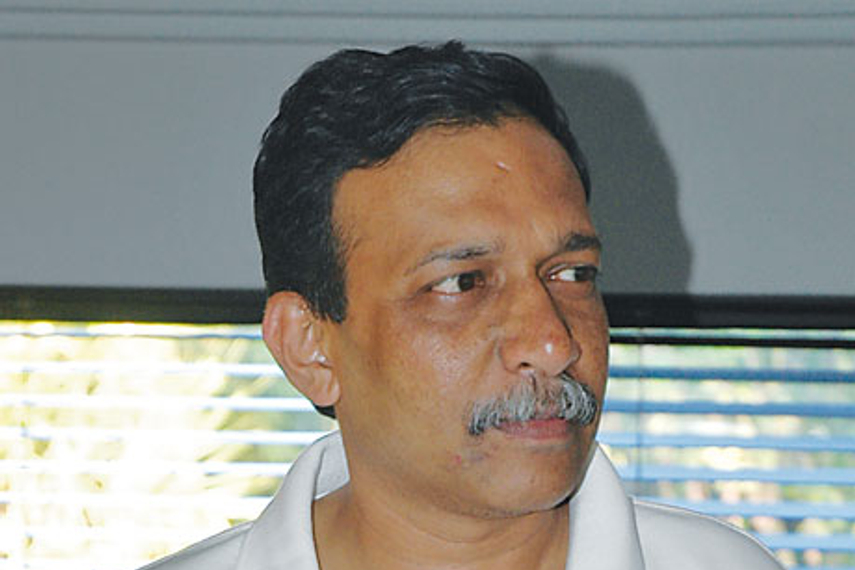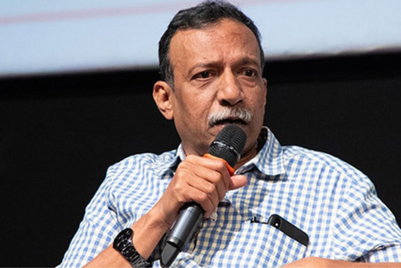
Over the weekend, like the billion Indians that Geoffrey Boycott keeps speaking about, I was semi-hypnotised by the IPL 4 auctions.
And I watched the shocking unsold statuses of cricketers like Brian Lara, Chris Gayle and Saurav Ganguly.
And I watched many experts telling us laymen why the franchisees decided not to sign on these worthies.
The important factor to remember is that what was being signed were two-year contracts. They were contracts that bind the player to a team for two years – and bind the team to the player.
What it means is that the player has to be paid by the team even if he underperforms, even if he is unfit, and so on.
The questions the franchisees had to ask themselves, then, were along the lines of, say: Will Brain Lara be fit for two more years? Will Saurav be a greater liability on the field each year? What will these two do during the rest of the year to keep them fit and motivated? Will other team members look up to them? Will they grudge them their high prices?
The questions would be different if the contracts were for one season only…
The questions were debated, the decisions made – and the teams are now created.
No team and no player who has been selected has to worry about the next two years.
And this post is not about the IPL; it’s about what we could learn from the IPL.
If retention of talent is the single biggest concern for CEOs in media, advertising and media agencies, there is – and always existed – a solution.
Give key talent contracts.
Give them contracts that bind them to you – and bind you to them.
Imagine, for a moment, that these are two-year contracts.
Now go through the process similar to the one the IPL franchises went through. Ask yourself: Will this person continue to be productive in for two years? Will it be a loss if someone leaves in a year – perhaps just after he or she has learnt enough to be productive? Will clients feel better if they know a particular creative director or planner or account executive will certainly be a part of the team for three years?
It’s not that contracts are new or alien to the industry. Contracts have existed and are the rule at the CEO/CXO levels. That’s the level at which there is little or no attrition.
The level that one worries about – the GM level – is where companies lose the most, where churn is at the highest and the most damaging.
Perhaps it’s time to introduce contracts here…
The more I think about it, the more it makes sense…







.jpg&h=268&w=401&q=100&v=20250320&c=1)

.png&h=268&w=401&q=100&v=20250320&c=1)
